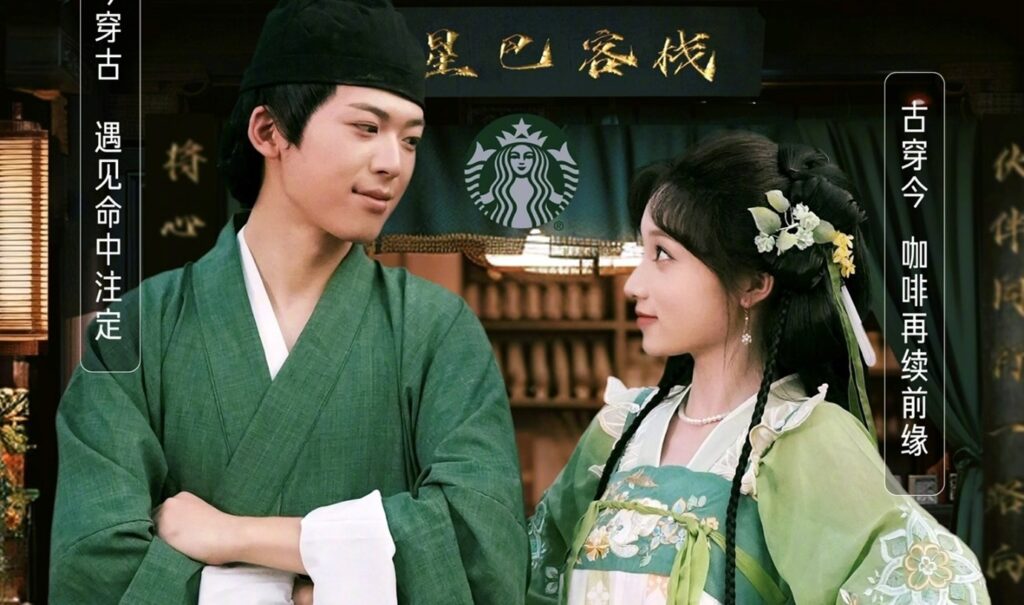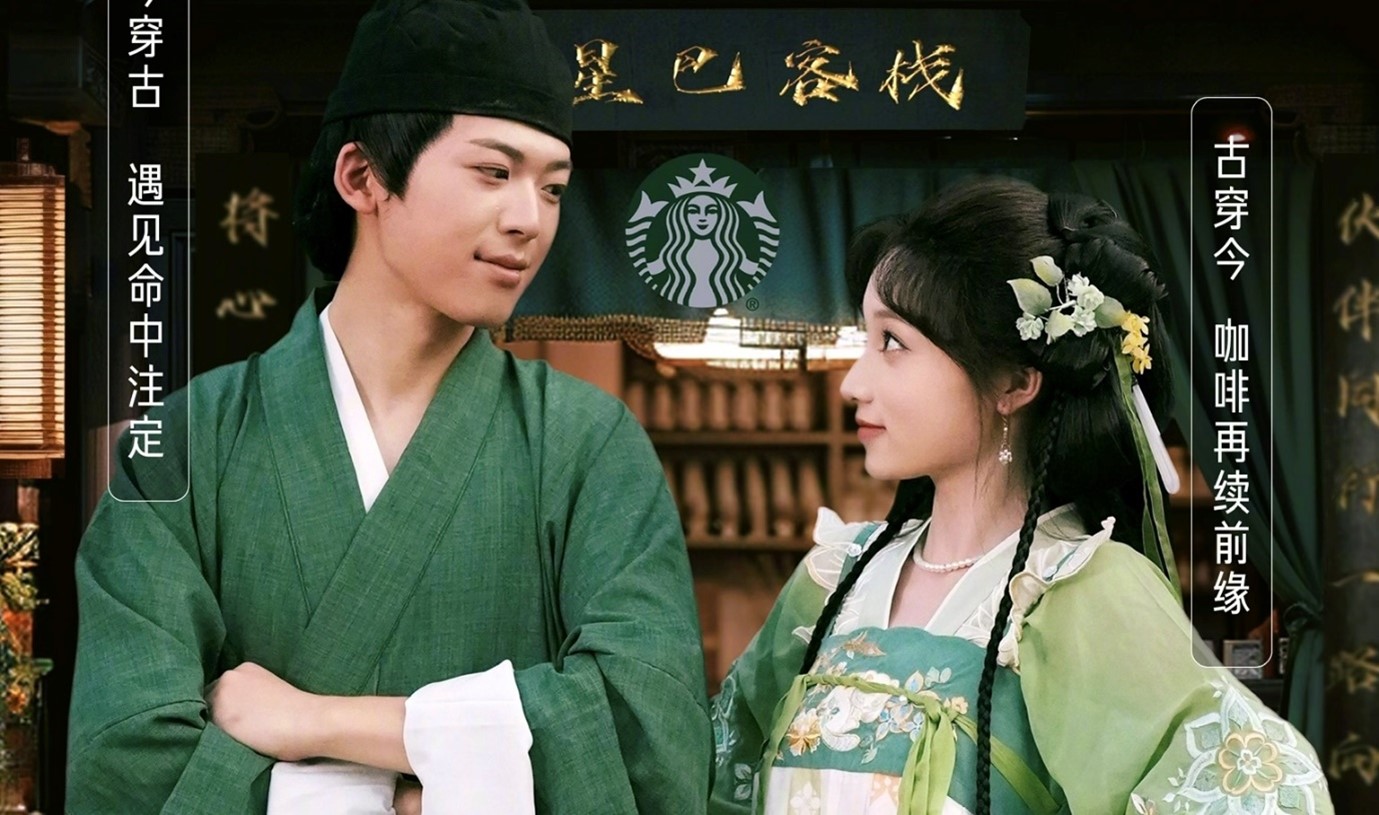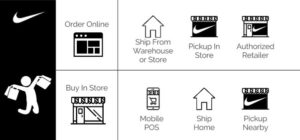Let’s face it: attention spans are shrinking, and brands are scrambling to keep up. Enter mini dramas, the short, snappy bursts of storytelling that have captured the hearts of millions in China. Often referred to as “digital pickles” for their bite-sized allure, these mini dramas offer brands the golden ticket to reach audiences where they’re most vulnerable—hooked on a great story.
What’s the secret sauce? Seamlessly woven product placements that don’t scream “advertisement.” Instead, they whisper intrigue, love, humor, and relatability, making audiences not just viewers but loyal customers. Curious? Let’s dive into how top brands are rewriting the rules of marketing with these pocket-sized dramas.
What Makes Mini Dramas Irresistible to Chinese Audiences?
Mini dramas owe their success to their ability to resonate with diverse audiences. With over half of Chinese internet users tuning in, they’re more than just entertainment—they’re a cultural phenomenon. Their appeal lies in:
- Accessibility: Short episodes fit perfectly into busy schedules.
- Relatability: Engaging storylines often mirror the lives of viewers.
- Platform Power: Douyin and Xiaohongshu amplify reach with shareable content.
The growing market, estimated to exceed 50 billion yuan by 2024, proves that this trend is here to stay.
How Brands Are Stealing the Show with Mini Dramas
Liby: Clean Homes, Cleaner Marketing Success

Liby nailed the art of product integration by embedding its scented laundry detergent into relatable storylines targeting Gen Z and professionals. The result? A 200% boost in Gen Z customers and a staggering fivefold increase in overall sales. The emotional resonance turned laundry detergent into a lifestyle statement.
KFC: Humor Meets Hunger

Who knew fried chicken could fuel a time-traveling love story? KFC’s “Rebirth of the Foodie Queen” brought weekend deals to life with humor and creativity, earning over 1.4 billion views on Douyin. KFC didn’t just sell chicken—it sold an experience.
Starbucks: Brewing Nostalgia and Novelty

Starbucks took storytelling to ancient China with “I Opened a Starbucks in Ancient Times,” blending coffee culture with historical humor. The drama not only entertained but also introduced limited-edition drinks, pulling in 2 million views on its first day.
Kans: Skin Deep but Emotionally Strong

By leveraging tropes like “CEO falls in love,” Kans transformed its skincare products into narrative must-haves. The strategy delivered 50 billion views and a 374.4% sales increase, proving that emotional storytelling isn’t skin-deep—it’s profitable.
Xianyu: When Viewers Become Creators

Xianyu’s interactive drama invited users to co-create scenes using real items for sale, merging commerce with creativity. This unique approach deepened community ties while driving brand loyalty.
How to Master Mini Drama Marketing
Brands looking to jump on the mini-drama bandwagon should focus on:
- Seamless Product Placement: Make products integral to the story.
- Targeted Storylines: Know your audience and craft narratives they’ll love.
- Emotional Storytelling: Humor, nostalgia, or romance—pick your weapon.
- Collaboration with Influencers: Boost reach and credibility.
Challenges to Keep in Mind
While mini dramas are lucrative, they require careful planning to avoid pitfalls such as:
- Over-saturation of ads within content.
- Copyright issues in storytelling.
- The need for consistent, high-quality scripts.
When executed well, they transform passive viewers into engaged customers and loyal brand advocates.























